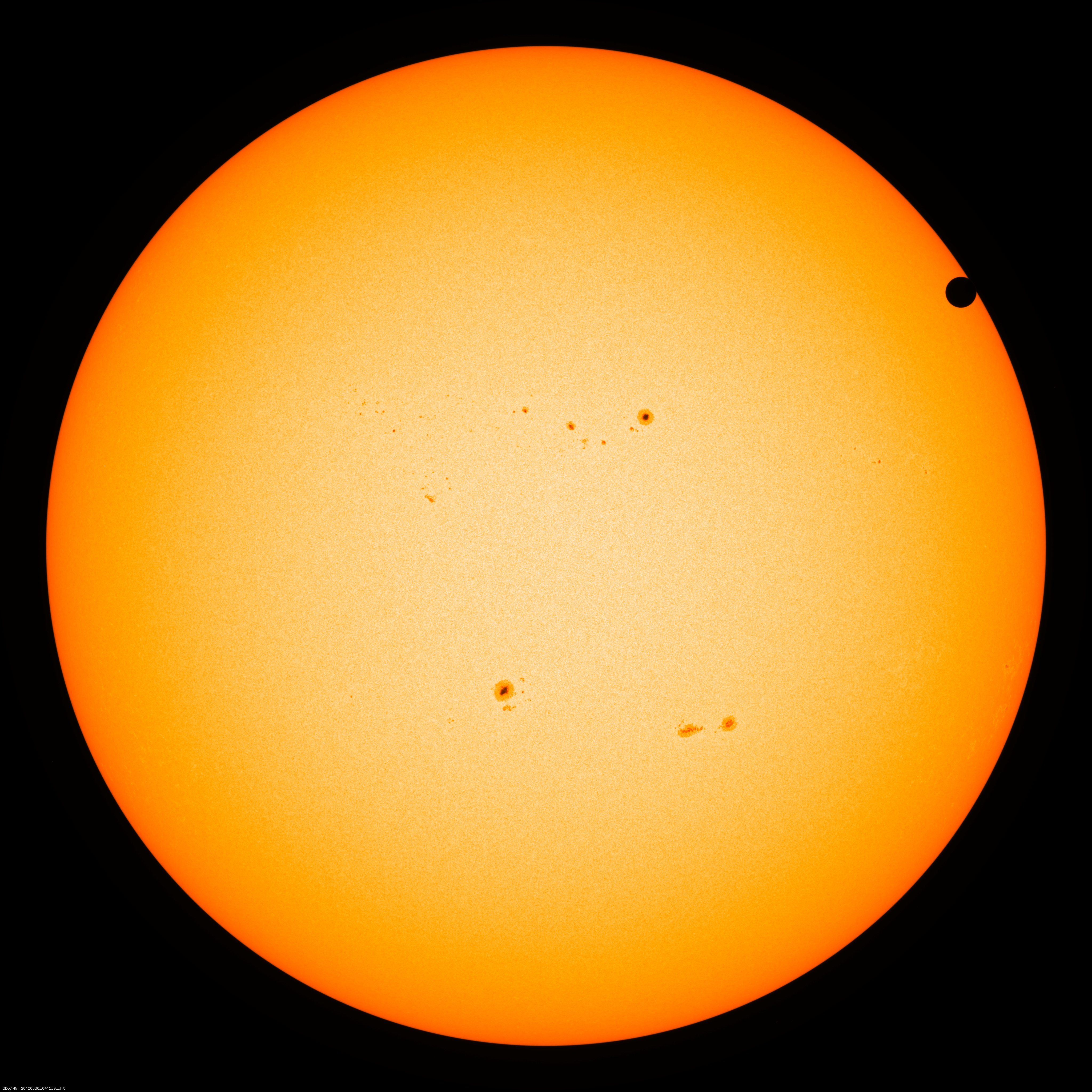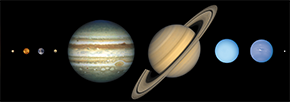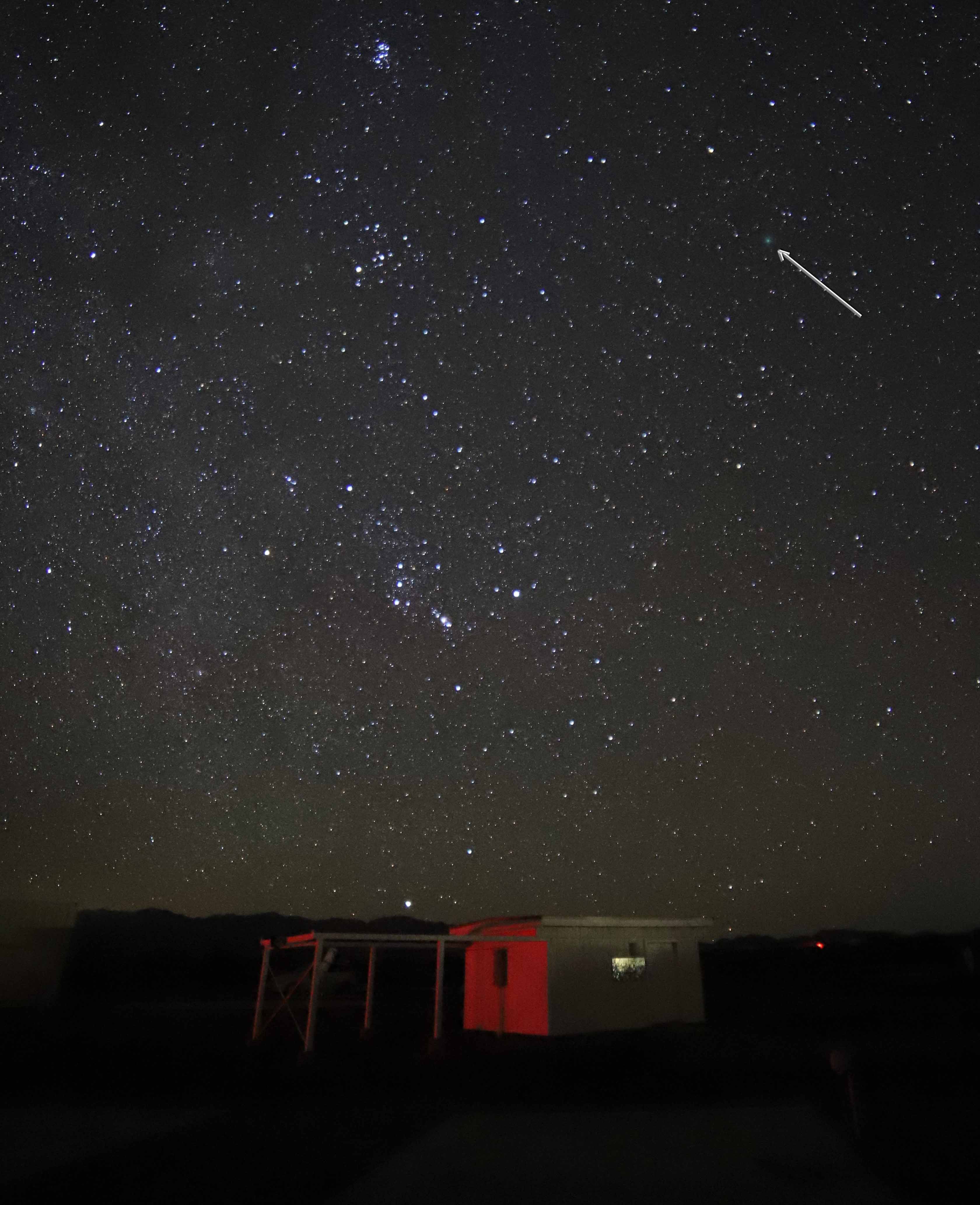by Erich Karkoschka
Planets for December 2019
Category Archives: General Astronomy
December 2019 Events
We have two Tucson public observing events this month.
– Agua Caliente Park (NE Tucson) on December 21st: CANCELLED
– Tucson Mountain Park Ironwood Picnic Area (SW Tucson) on December 28 from 6 – 8 pm. Follow the Facebook event for real-time updates.
Meteor Shower. The Geminids peak early morning on December 14th or late evening on the 14th. There will be a bright Moon in the sky very close to Gemini which will limit what you can see. If possible put the Moon to your back and look for meteors in the opposite direction.
Mercury Transit Across the Sun (November 11, 2019)
by Jim Knoll
Monday November 11, 2019 (Veterans Day). This is a school holiday and a work holiday for many. Don’t pass up this “seldom-in-a-lifetime event”. A Mercury Transit (passing in front of) will NOT be visible again in the U.S. until May 7, 2049. Transits occur only 13-14 times per century. A Mercury Transit is too small to see without a properly filtered solar telescope. When you observe a transit, you see a small black circle (the planet Mercury) moving across the Sun. This event is visible throughout the U.S. TAAA will have several solar telescopes to safely view the Transit at Brandi Fenton Memorial Park (3482 E River Rd, River & Alvernon) on November 11 from 7:30 – 11 am (Mercury mid-transit when it is crossing the middle of the Sun is at 8:20 am Tucson time). Sunrise November 11 is 6:49 am and the Transit will already be underway. You can follow the Mercury Transit event on our Facebook page (facebook.com/tucsonastronomy) for real-time weather updates. This event requires a clear view of the Sun (no cloud cover). CAUTION: Never look at the Sun without a proper solar filter or you can damage your eyes.
For more information, email: astronomy-events@tucsonastronomy.org.

NASA Image
Planets of the Month: OCTOBER 2019
by Erich Karkoschka
Planets for October 2019
Planets of the Month: Summer 2019
by Erich Karkoschka
Planets for Summer 2019 (June – September)
Planets of the Month: March 2019
by Erich Karkoschka
Planets of the Month: February 2019
by Erich Karkoschka
Planets of the Month: January 2019
by Erich Karkoschka
 |
TOTAL LUNAR ECLIPSE January 20: 8:34-11:51 pm, totality 9:41-10:44 pm. High in sky, near Castor and Pollux. Southern limb of moon gets very close to the center of the umbra at mid eclipse (10:12 pm). |
 |
Mars at magnitude 1, 60 degegrees high at dusk, sets after 11 pm. It is moving fast through the faint stars of Pisces. |
 |
Uranus and Neptune on both sides of Mars visible in binoculars. |
 |
Venus rises 4 am at brillant magnitude -4.5, high during dawn, naked eye visibility after sunrise. |
 |
Jupiter at magnitude -2 rises first at 5 am. Jupiter and Venus approach each other. Closest on 21st, 2.5 degrees separation, spectacular around 6 am! |
 |
Comet Wirtanen, magnitude 5 and dimming, moves fast from Lynx to Ursa Major, circumpolar. |
 |
The moon will be close to Mars on the 12th and close to Venus on the 31st. |
 |
Latest sunrise is January 8. |
Comet 46P Wirtanen from CAC
We have a naked eye (from a dark site) comet visible (arrow). It is Comet 46P Wirtanen. Ed Foley, one of our TAAA members, took this picture from our Chiricahua Astronomy Complex dark-sky site during last weekend’s events (Saturday December 8, 2018). You can see one of our observatories as well. Those present observed it through several telescopes. It was also observed at last Saturday’s Ironwood Picnic Star Party and will be observed at this coming weekend (December 15) Agua Caliente Park star party.
Planets of the Month: December 2018
by Erich Karkoschka
 |
Saturn is still visible at dusk very low in the southwest until Dec 15. |
 |
Mars at magnitude 0 transits at 6pm and sets at midnight. It is moving fast through Aquarius. |
 |
Neptune is easy to find on Dec 7 when it is only 15 arc-minutes from Mars. |
 |
Uranus transits at 9pm 68 degrees high in Pisces. |
 |
Venus is magnitude -4.9, the brightest possible, high during dawn. |
 |
Mercury is visible well below Venus from Dec 4 to Jan 4. |
 |
Jupiter joins Mercury starting Dec 9 first below Mercury. On Dec 21, the pair is only 1 degree apart. Afterwards, Jupiter will be higher than Mercury by 1 degree per day. |
 |
The moon will be first visible on Dec 8 as a very thin crescent next to Saturn. On Dec 14 it shines below Mars. |
 |
The Geminids meteors will be very active on Dec 13 an 14. |
 |
Winter solstice occurs on Dec 21. The length of the day stays near 10 hours all month, but sunrise and sunset both get delayed by about a quarter of an hour during December. |




